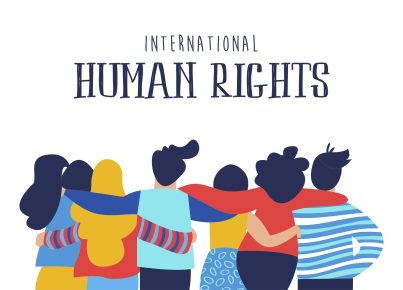Introduction
Human rights education is a crucial aspect of any well-rounded curriculum. It equips individuals with the knowledge, skills, and values necessary to understand, defend, and promote the rights of all members of society. Teachers, educators, and community leaders have an important role to play in imparting these crucial lessons. The following article explores key topics that should be included when teaching human rights education.
1. The Universal Declaration of Human Rights (UDHR)
Begin by introducing students to the UDHR, adopted by the United Nations General Assembly in 1948. This foundational document outlines 30 rights and serves as the basis for international human rights law. Ensure students understand the historical context in which the UDHR was created and how it has shaped human rights discourse over the years.
2. Key International Human Rights Instruments
Introduce students to other influential human rights documents like the International Covenant on Civil and Political Rights (ICCPR) and the International Covenant on Economic, Social, and Cultural Rights (ICESCR). Explain how these covenants help to further define and protect various aspects of human rights globally.
3. Civil and Political Rights
Discuss civil and political rights enshrined in these key documents. Topics can include freedom of speech, assembly, and association; the right to vote; prohibition of torture; access to justice; and protection against arbitrary detention.
4. Economic, Social, And Cultural Rights
Explore economic, social, and cultural rights such as healthcare, housing, education, employment, food security, clean water, and cultural preservation. Discuss the importance of these rights for fostering wellbeing and a better quality of life for all.
5. Non-Discrimination & Equality
Teach about the principle of non-discrimination as a core aspect of human rights law. Discuss how it applies to various groups based on race, gender, age, disability status or nationality. Highlight real-life examples and case studies to deepen students’ understanding of these issues.
6. Human Rights Defenders & Activists
Introduce students to human rights defenders and activists, both historical and contemporary figures, who have fought for the recognition and protection of human rights. Discuss various strategies and tactics used by activists to advance their cause, from grassroots organizing to international advocacy.
7. The Role of Governments & International Organizations
Discuss the roles and responsibilities of governments and international organizations in protecting and promoting human rights. Encourage students to analyze current events related to human rights issues in different countries and assess government actions or inactions.
8. Human Rights Challenges in the 21st Century
Examine current challenges related to human rights, such as climate change, migration, globalization, evolving technology, terrorism, or conflict. Facilitate discussions on potential solutions and the role students can play in shaping a more just future.
Conclusion
Teaching human rights education provides an opportunity to foster empathy, critical thinking, and active citizenship among students. By covering these essential subjects, educators can equip the next generation with the knowledge and tools they need to contribute effectively towards creating a more equitable world for all.





